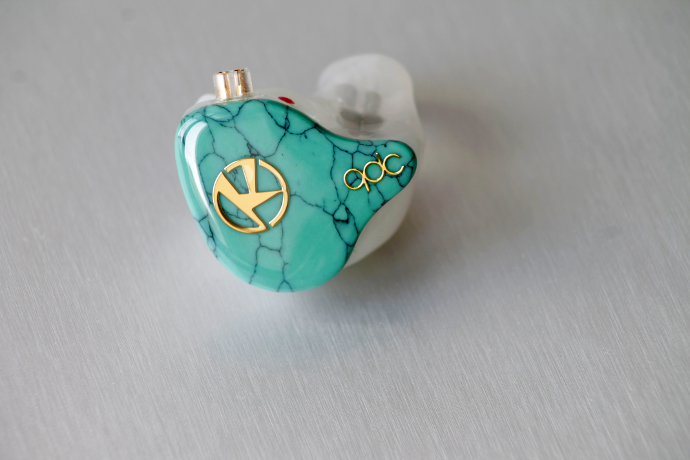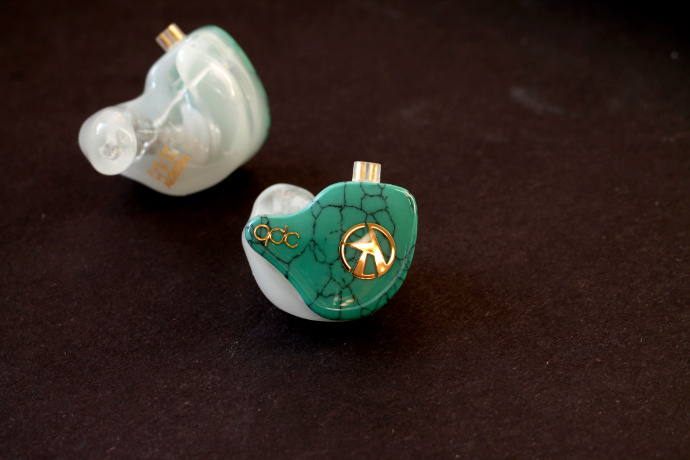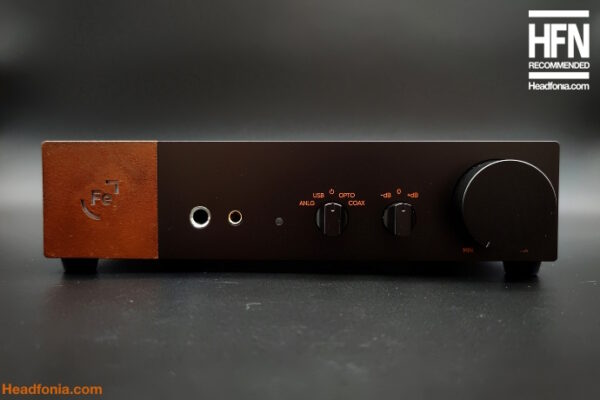In this review we’re taking a closer look at the qdc Fusion. The company’s first hybrid monitor. It offers a unique proposal in the market of hybrids. Let’s check it out!
Disclaimer: qdc provided the Fusion at no cost. I only had to pay to import the final product. qdc is not affiliated with Headfonia and not a site advertiser. Many thanks for the generosity and opportunity.
About qdc:
The parent company of qdc, Shenzhen Qili Industrial Co Ltd, has been around since 2005. It might surprise you, but this company has been making military communication products since then. It was only after some years that they have shifted their focus also on high end audio products for regular consumers.
The name qdc has been flying under the radar for a while, but now the Western market seems to have adopted them. Their first bigger hit was the Gemini, an eight-driver IEM with high sound performance.
qdc splits their line-up in three categories. The Live line for musicians, the Studio line for professional sound engineers and the HiFi line for their consumers. Additionally to them, there are also the Anole line, the Neptune line and the Hybrid line. With their Fusion IEM they have just recently released their very first hybrid monitor.
Just a little while ago we reviewed the Anole VX, their current 10BA flagship. Today, we are putting the Fusion under a microscope and check out if it can hold up to the current competition.
About Fusion:
As mentioned before, the Fusion is qdc’s first ever hybrid. It features a dynamic low end driver and a quad BA setup. A pair of Balanced Armatures takes care of the midrange, while another dual BA set reproduces treble.
Fusion comes with a classical three way crossover. Its impedance is said to be 18 Ohms, while the sensitivity is rated at 106dB/mW. That’s not particularly sensitive, so it might need some extra juice to get to your comfort levels of listening.

qdc Fusion
The Fusion is available in custom and universal form. It can be bought either directly through qdc or one of their global dealers. Custom and universal differ in price. A universal pair will set you back 920 $ while the custom costs 1,060 $ SRP.
Custom Build Choices (Personalization):
For designing a new CIEM a good visual tool always helps in the process. qdc does have a designer on their website that shows you almost all available options for your new custom. You get a wide selection of different shell and face plate colours.
All in all you have 16 translucent and 15 opaque face plate options, as well shell colours. To top that you get the choice between Wood, Mica and Jewellery face plates as well as silver and gold powder elements and what looks to be 3D printed textures.
qdc has one option in their Jewellery selection that truly stands out from the competition. The option to have 3D printed skulls as your face plate. That’s absolutely extraordinary and unique, but has to fit your taste of course.

qdc Fusion
My pair feature translucent white shells and green Kallaite (L04) face plates. I also requested golden logos on the face plates. Unfortunately that was not the design I wished for originally. I wanted a different face plate. Although in the same category (Kallaite) it should’ve been a different colour (L01). I guess my request for the logos “just like on the universal, but gold” was what caused confusion. Anyway, I still think the Fusion does look very nice.
The current build-time for one set is two to four weeks from the point when they receive your impressions. Mine were done in just a little over two weeks.
Package:
Fusion uses an almost identical presentation as the Anole VX, which is qdc’s flagship IEM. It comes in the same big two-fold box, but with a golden outer layer instead of silver.
What’s in the box? You get a turquoise/green pleather carrying case, a cleaning tool, a flight adapter and a 6.3mm adapter to use with other gear. You will also find an envelope containing a High-End CIEM User Manual, a Quality Control seal and of course your new monitors.
Attached to the CIEMs is a silver-plated copper Tinsel cable, terminated to a 3.5mm stereo plug. The cable itself is very soft and pliable. When you’re looking for an aftermarket cable, make sure they have the qdc-option. As their 2-pin connectors use inverted polarity and a protruded design. Most boutique cable-makers offer that nowadays, if you can’t find the option shoot them an e-mail to make sure.
It continues on page two, after the jump!









Adrián
Yo ya pedi los fusion, estoy con los ojos cerrados. Tengo los fiio fh7, se que están en un nivel más bajo, sin embargo me gusta su tonalidad y firma y como suenan con mi oppo h2a y mi q5 amd con 4,4 balance, sacando el audio de mi ibasso dx80. Espero tener mayor calidad con este IEM fusion y que juegue bien con mis dac y amps.
NIHAL
Hey how does it compare to Camfire Audio Andromeda? Any better?